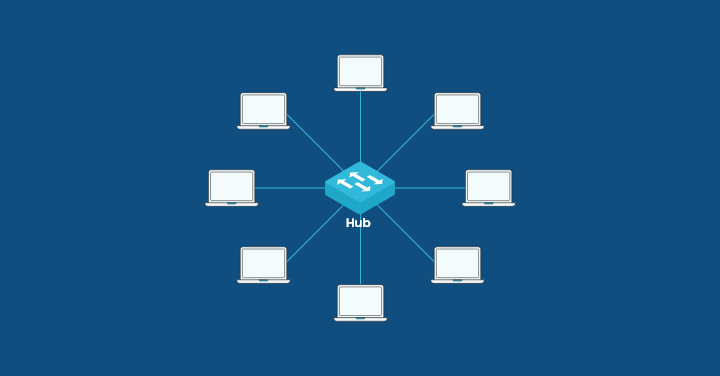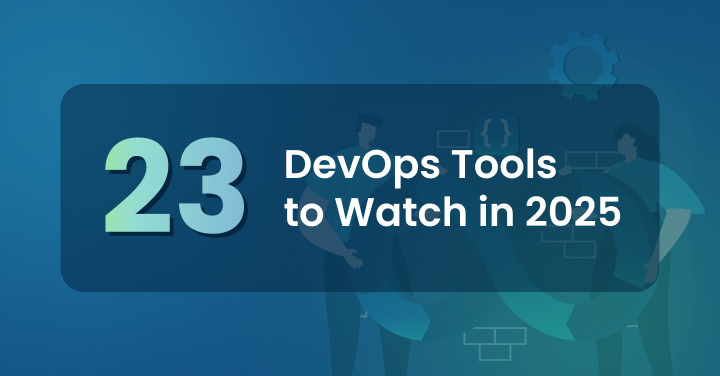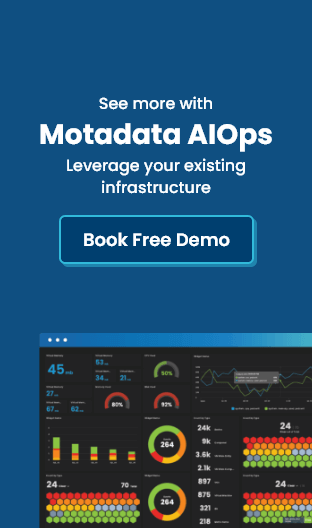The task facing security teams is unachievable. Every day, threats increase while talent is still in short supply, and budgets remain stagnant.
This issue was supposed to be resolved by conventional on-premises Security Information and Event Management (SIEM) systems. Still, they came with drawbacks of their own, including costly hardware, difficult maintenance, and scaling restrictions.
Cloud-based SIEM solutions provide a different strategy. Without the infrastructure burden that impedes them, they give the security intelligence that organisations require.
1. Quick Deployment Protects You More Quickly
Implementations of traditional SIEMs take months. Timelines may be extended beyond six months due to hardware acquisition, installation, configuration, and integration.
This is significantly reduced by cloud SIEM solutions. The majority of businesses can set up cloud SIEM in a matter of days or weeks.
The infrastructure is in place already. You’re not negotiating data center space or waiting for servers to arrive. You set up your log sources, connect them, and begin gathering security information.
Now more than ever, this speed is essential. Threat actors don’t wait for your security system to improve. Without adequate oversight, every day is an exposure day.
Instead of spending months laying the groundwork, cloud SIEM enables security teams to begin identifying threats right away.
2. Predictable Costs replace Capital Expenses
Investing heavily up front is necessary for on-premises SIEM. Budgets of six or seven figures are required for software licenses, hardware purchases, and implementation services.
Subsequent expenses include maintenance agreements, hardware upgrades, extra storage, and personnel to oversee everything. These costs come up unexpectedly and without warning.
Cloud SIEM uses subscription pricing. Depending on the number of users or data volume, you can pay monthly or annually. As a result, security expenditures are now operational rather than capital.
Budgets start to become dependable. When log volumes increase, you’re not rushing to pay for urgent hardware upgrades. You only pay for what you use, and the provider automatically scales infrastructure.
3. Unlimited Scalability Manages Growth on Its Own
SIEM systems on-site run into obstacles. As more devices, users, and applications are added to your organisation, the volume of logs increases.
You will eventually require more processing power, storage, and everything else. Every expansion entails capacity planning challenges, installation downtime, and the need to buy new hardware.
Cloud SIEM grows as needed. Fifty new cloud apps’ logs must be ingested. The system grows on its own. During a security incident, are you seeing an increase in traffic? Without human assistance, processing power increases.
Because of this flexibility, security teams are never forced to decide between system performance and complete visibility. They receive both.
4. Constantly Up-to-Date Threat Information
Threat environments are ever-changing. Every day, new attack patterns appear. Detection rules that were effective a month ago are no longer relevant.
Manual updates are necessary for on-premises SIEM systems. New threats must be investigated, detection rules written, tested, and updates released by security teams. Most teams lack the time needed for this process.
Cloud SIEM providers regularly update threat intelligence for all their clients. The provider creates detection logic and distributes it to all clients at once whenever a new attack method emerges.
Threats identified across thousands of organisations are helpful in your SIEM. The expertise of your own security team isn’t the only thing protecting you. You get access to all of the provider’s research expertise.
5. Smooth Integration with Contemporary Security Instruments
There is more than one tool for security. It is an ecosystem. At its core is SIEM, which gathers information from dozens of sources, including cloud platforms, firewalls, identity systems, and endpoint protection solutions.
Custom connectors, API development, and ongoing maintenance as vendors updated their systems were all part of traditional SIEM integration.
Cloud SIEM providers maintain pre-built integrations with hundreds of IT and security tools. They deal with data format changes, authentication updates, and API changes.
It’s likely that your cloud SIEM already supports the new security tool you’ve adopted. Otherwise, instead of requiring each organisation to create unique integrations, the provider adds support for all customers.
6. Less Work for Infrastructure Management
Significant IT resources are required for on-premises SIEM. Server management, storage system upkeep, patching, backups, and performance monitoring all need someone. Instead of watching over infrastructure, security teams should use that time to analyse threats.
This operational overhead is removed by cloud SIEM. The provider handles infrastructure management. The provider’s environment includes servers, storage, databases, and networking.
Security analysis, investigation, and response are your team’s main priorities. This change enables smaller security teams to complete tasks that previously required much larger operations.
7. Distributed Teams Are Made Possible by Remote Access
Both security operations and security threats are constantly active. Whether working from home offices, security operations centres, or remote locations for incident response, analysts must have access to SIEM data.
On-premises SIEM systems often struggle with remote performance and require network access and VPN connections.
Cloud SIEM provides secure access from any location with an internet connection. The same data can be monitored in real time by analysts in various time zones.
Remote employees have the same experience as office workers. As organisations operate across multiple geographic locations and security teams adopt distributed work models, this accessibility becomes increasingly essential.
Transitioning
Moving from on-premises to cloud SIEM requires more than just a technology change. It represents a dramatic shift in how companies think about security infrastructure.
The benefits grow over time—faster deployment results in a longer time-to-value. Security teams can focus on fundamental security tasks when infrastructure load is reduced. Without the need for human labour, regular updates guarantee protection against new threats.
When assessing cloud SIEMs, organisations should consider their current problems. Do you have trouble with scale? Overburdened with upkeep duties?
Can’t keep up with the latest threat intelligence? These issues are directly addressed by cloud SIEM, which also offers features that on-premises systems just cannot match.
To keep up with rapidly evolving threats, tools must adapt to the security environment. Cloud SIEM solutions provide that agility while reducing the operational complexity that has made traditional SIEM implementations so challenging.
The result is lower overhead and better security—exactly what modern organisations need.






